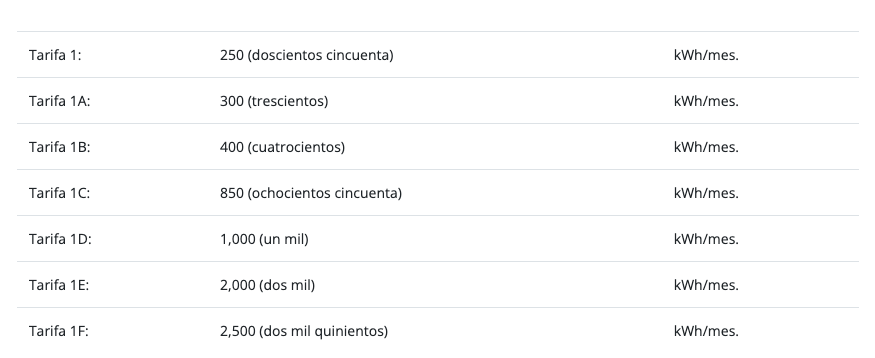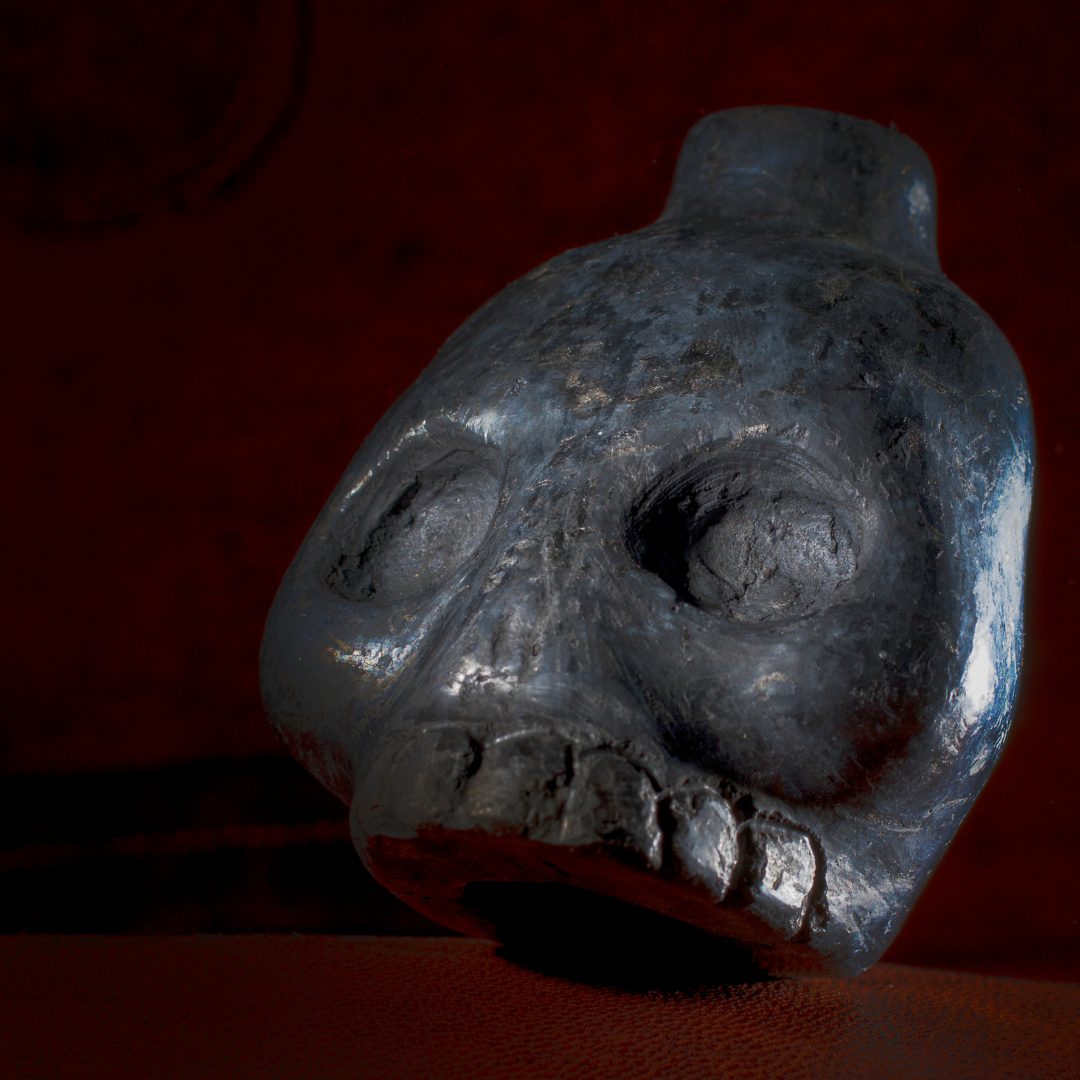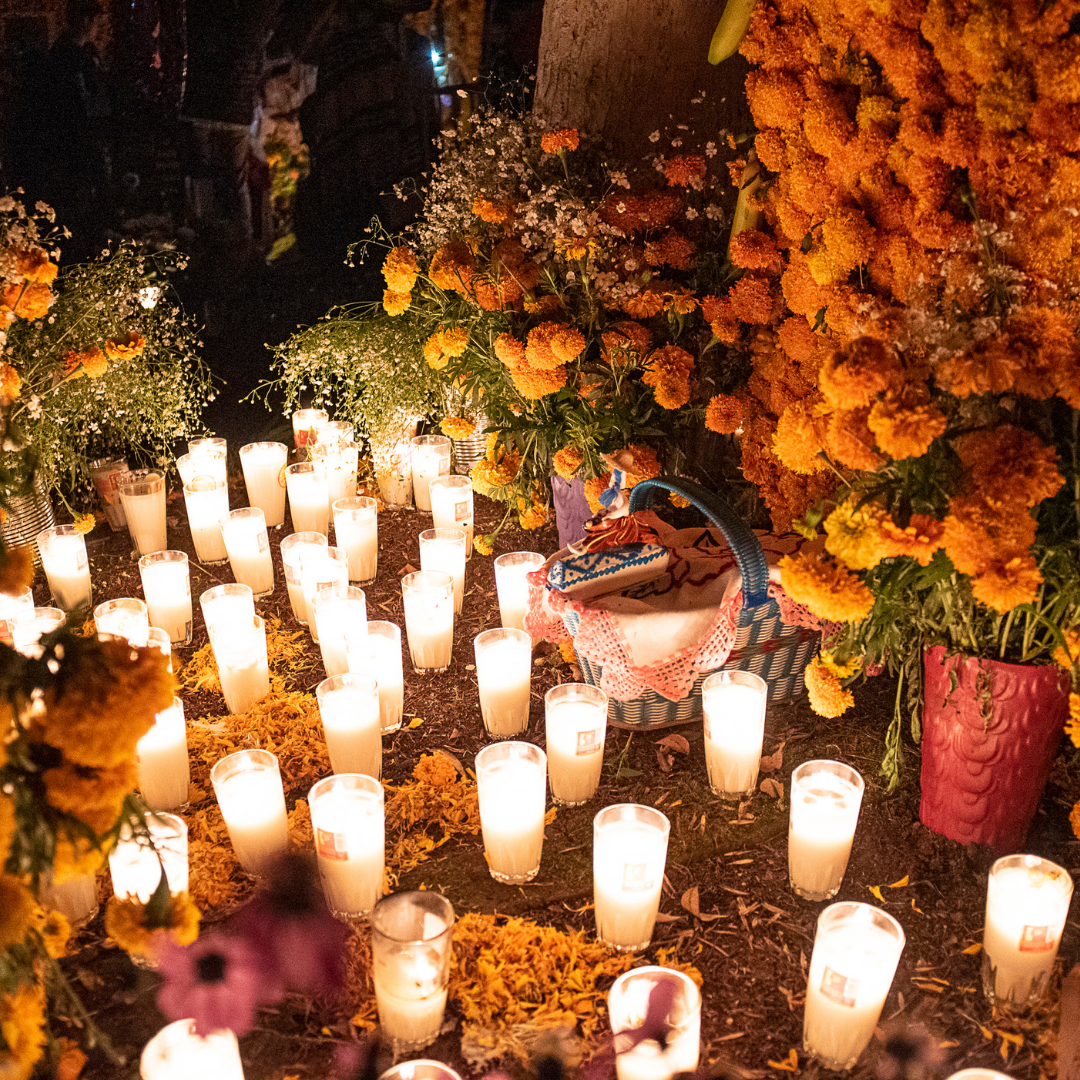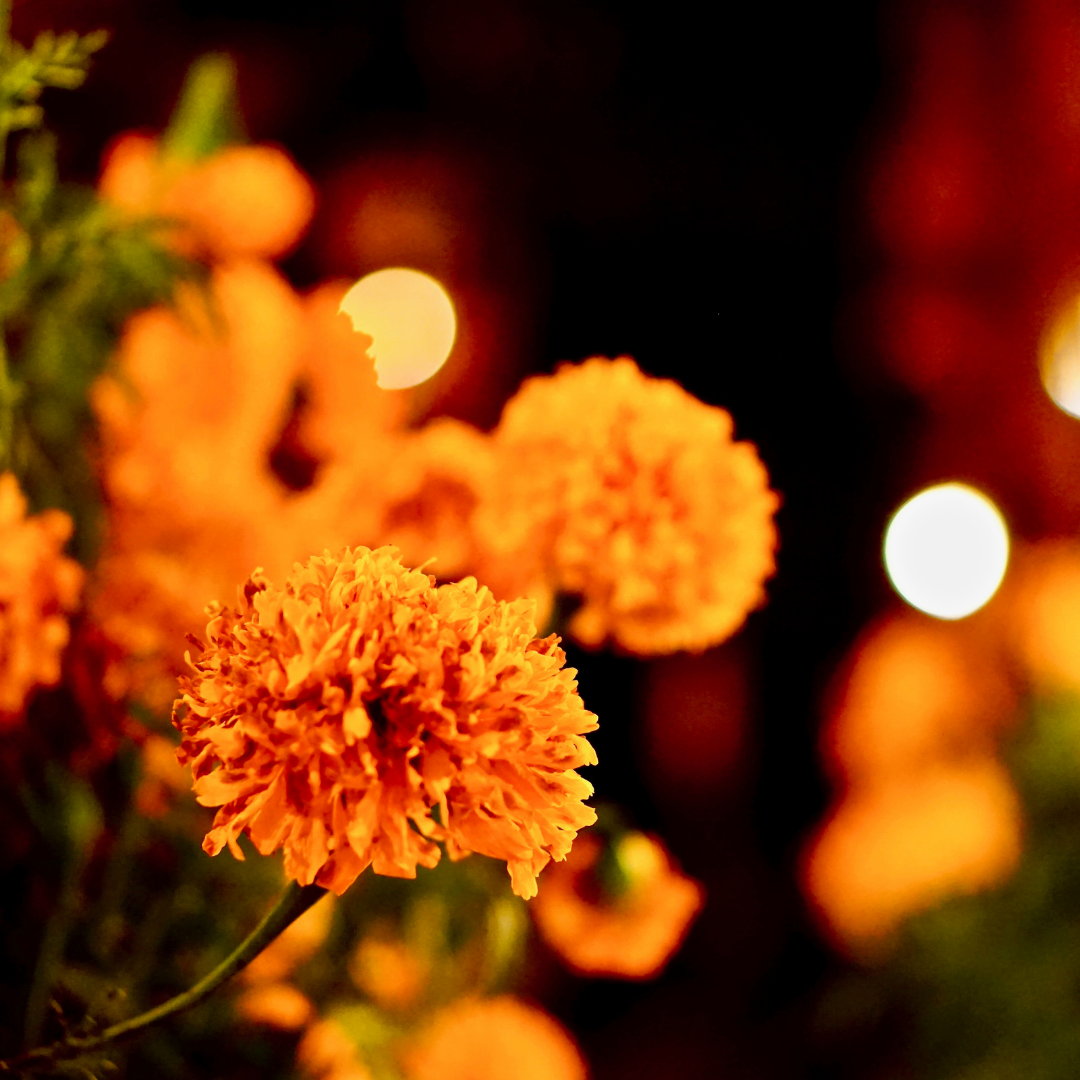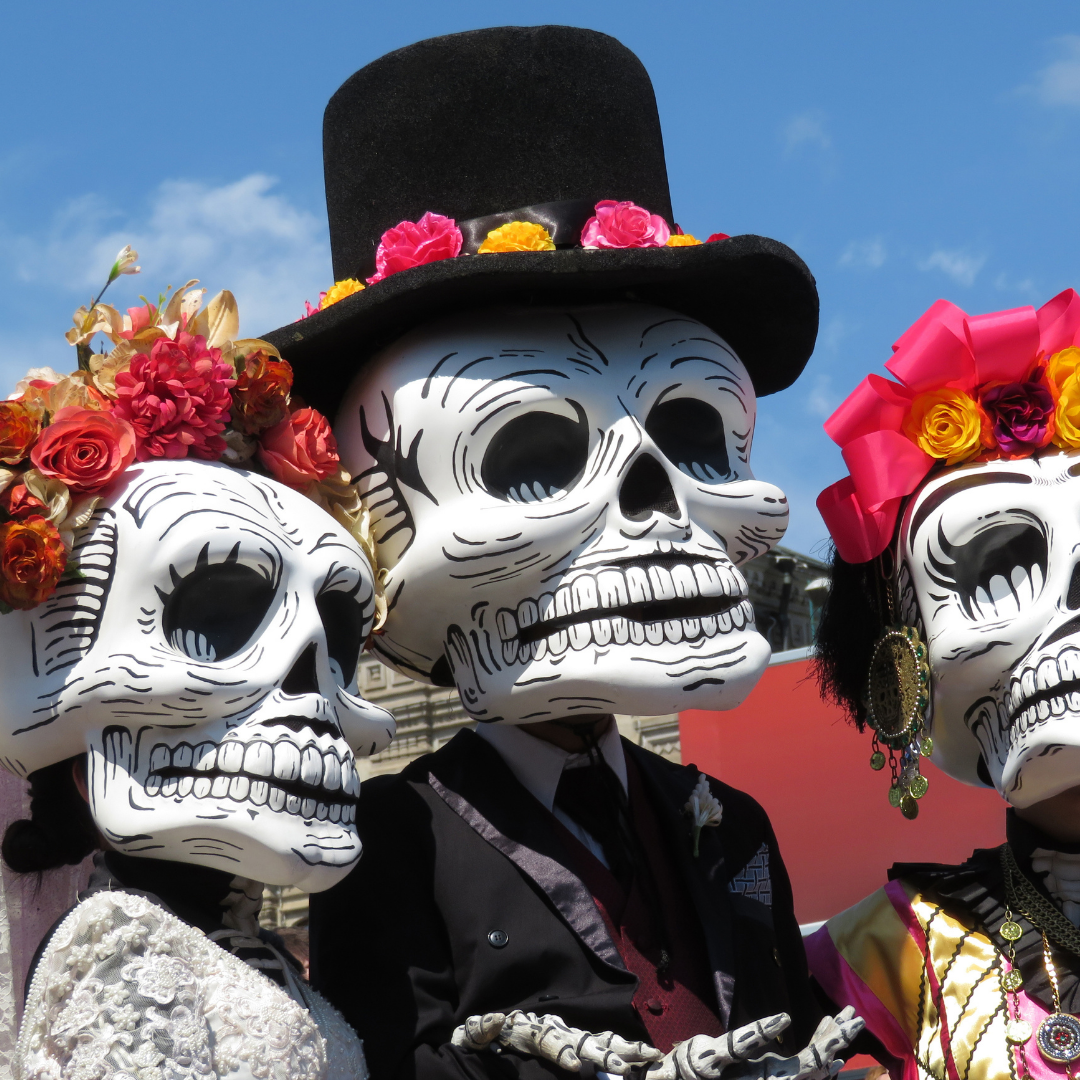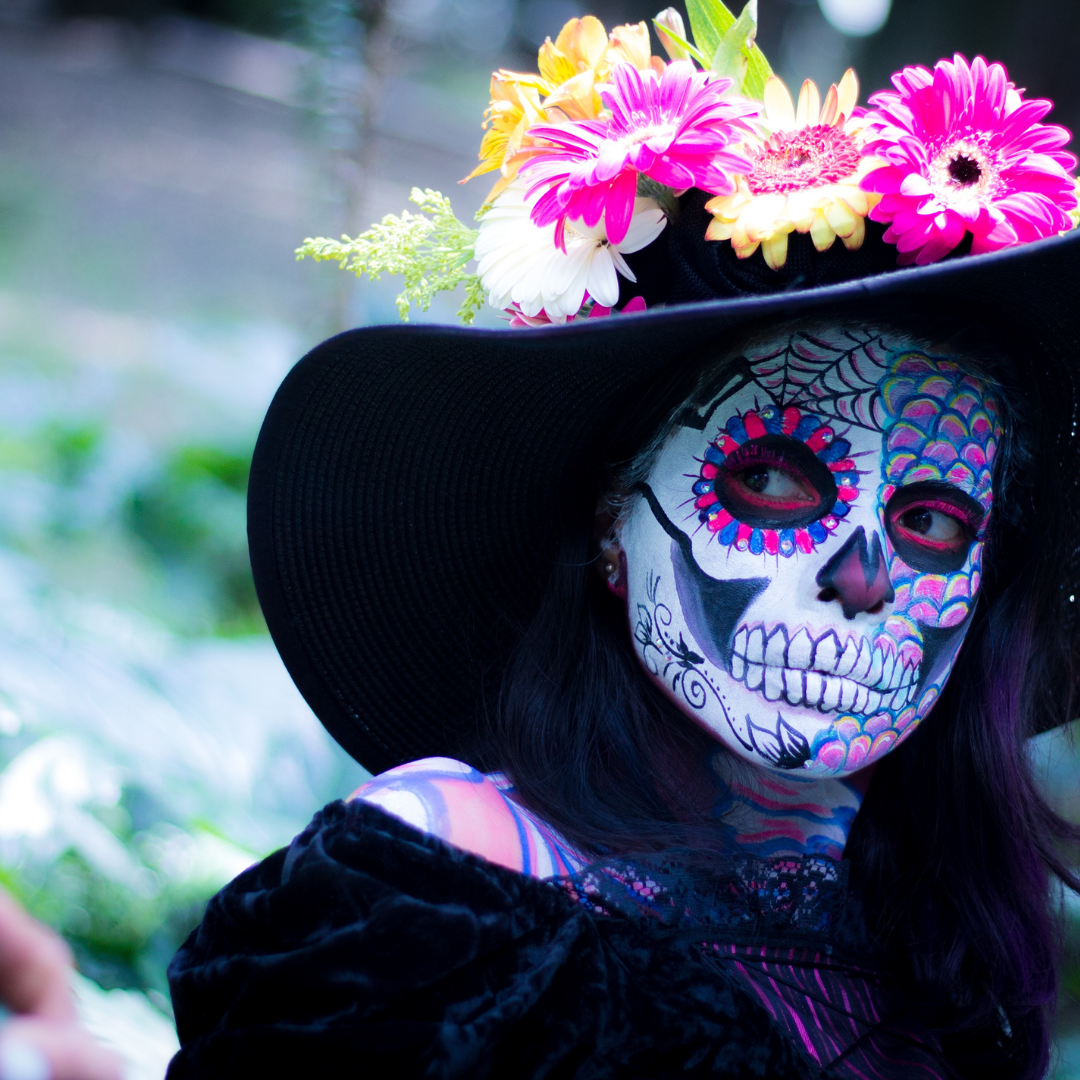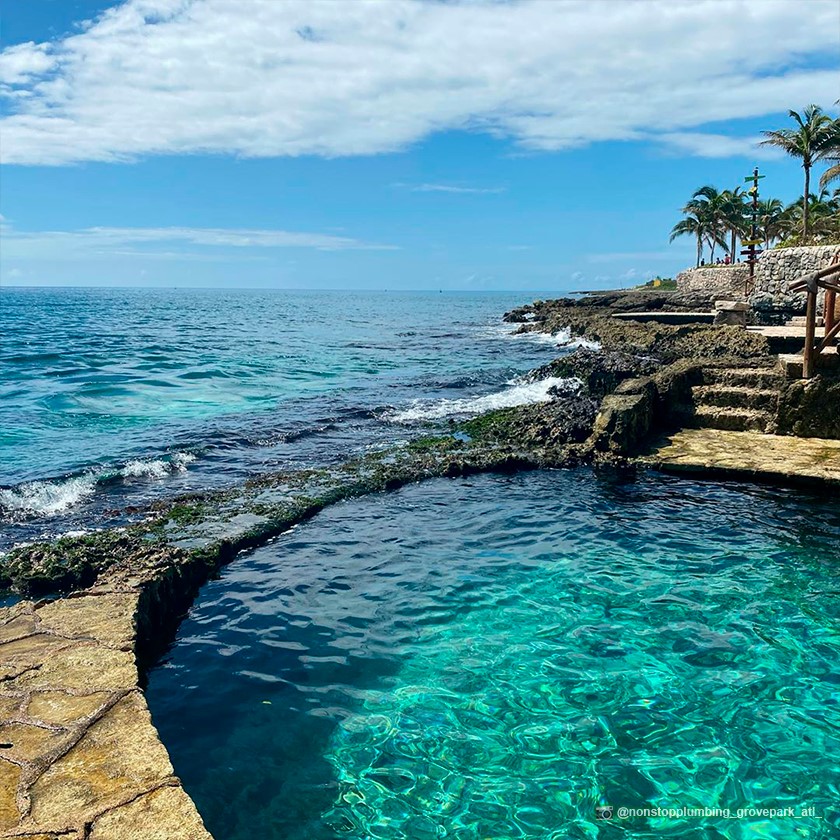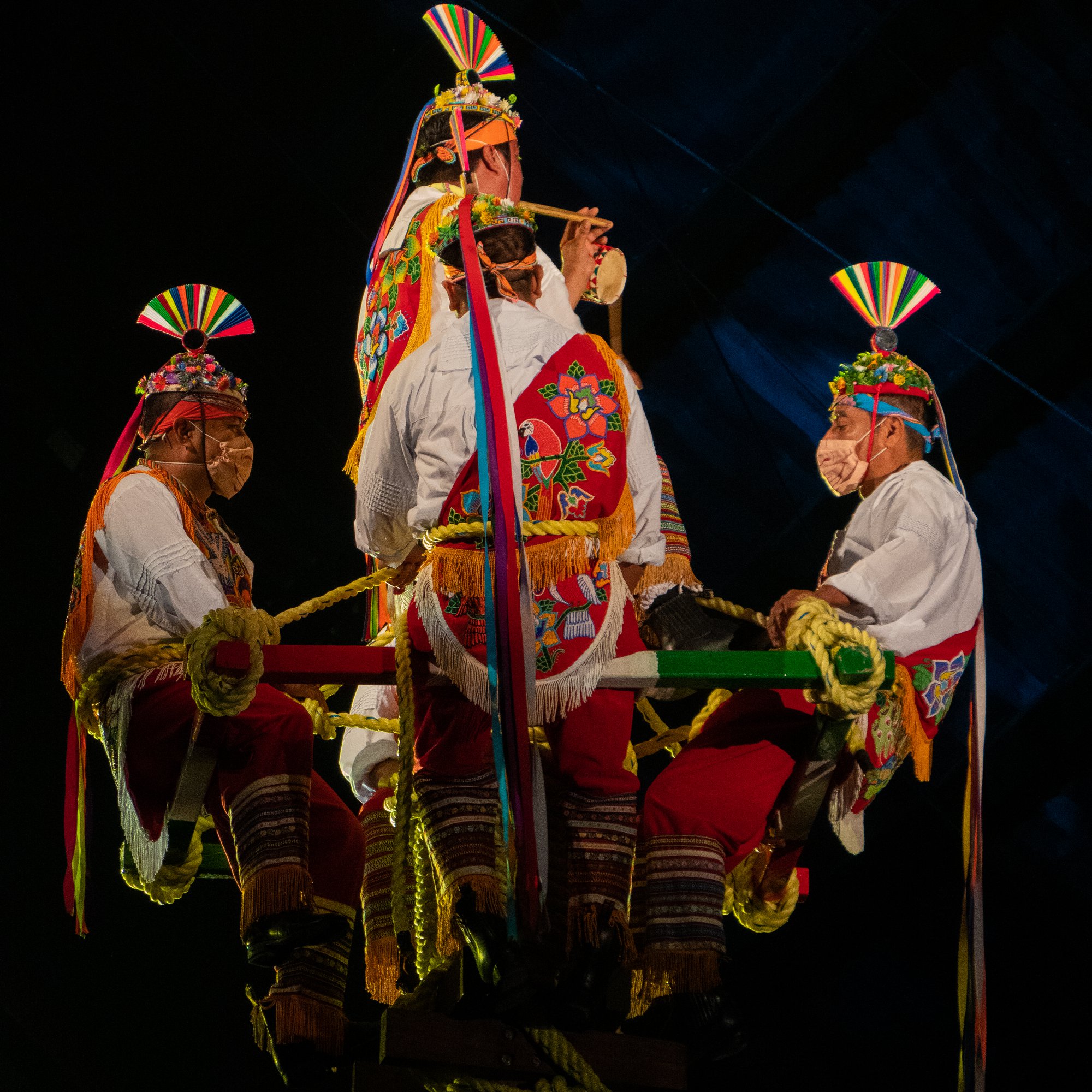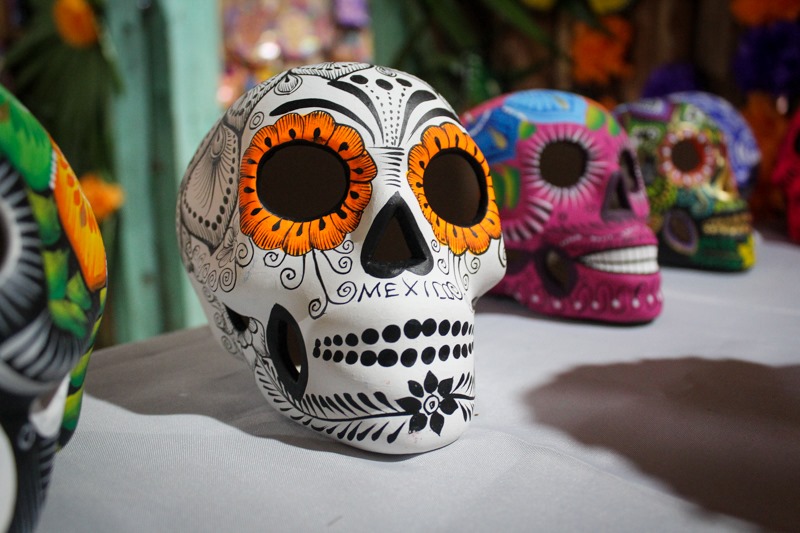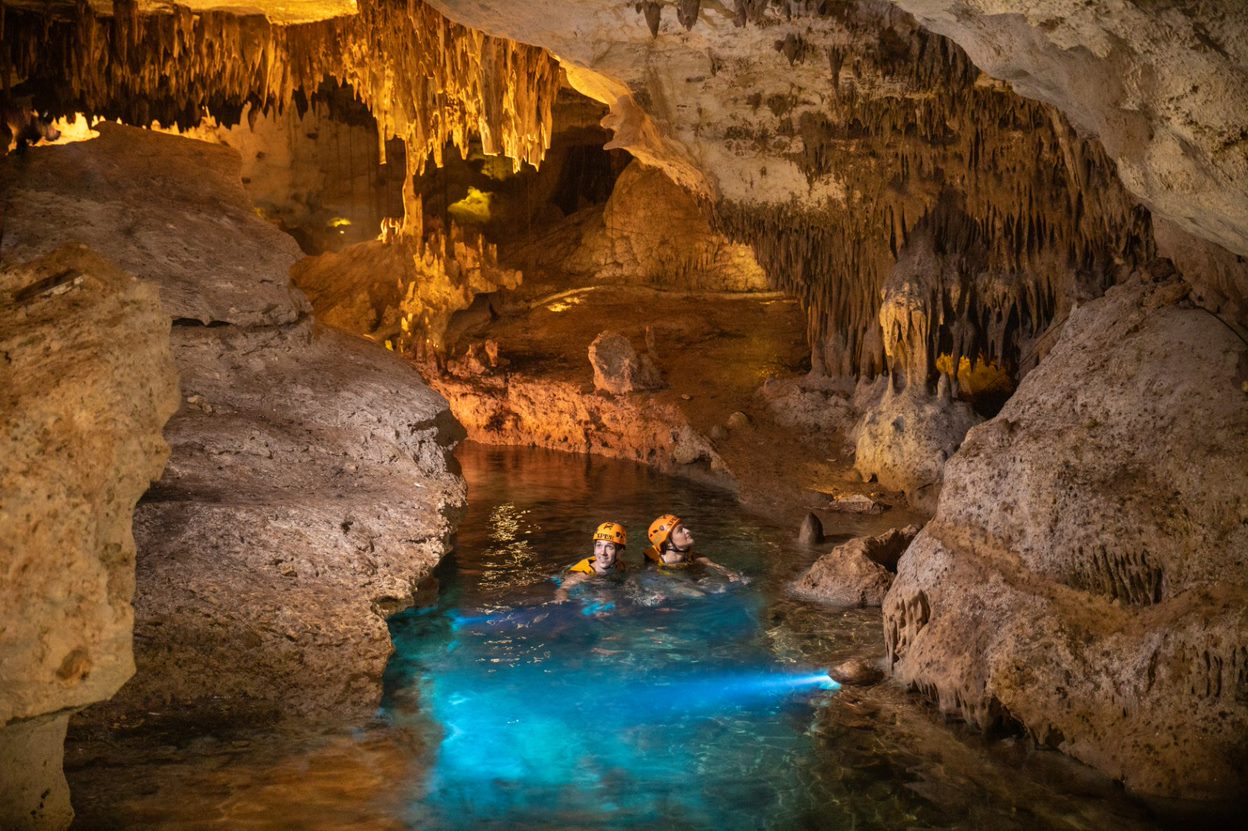AGF is pet friendly. Selvanova is pet friendly.
Dogs are excellent companions and in Playa del Carmen, many are considered family. Family that you choose and that although other times they simply arrive, in the same way they give themselves to you.
AGF Mexico Properties is pet-friendly and Selvanova as well. Therefore, we share tips to pamper the furry ones in the house.
We all need a new style from time to time. In Playa del Carmen it is common to see small trucks equipped with everything necessary to offer baths and canine haircuts at home. Pet Spa Riviera Maya is one of those offering this service.


And as we know that trips are inevitable and often planned, but sometimes it is impossible to take our four-legged friends. Options to leave them well taken care of include hotels with swimming pools, friends’ houses and even house/dog sitters.
PET SPA RIVIERA MAYA
https://www.facebook.com/petspariviera/about/?ref=page_internal
KA’ AN PET HOTEL & SPA
https://www.facebook.com/KaanPetHotel
ROYAL PETS – Guardería de mascotas
https://www.facebook.com/RoyalPetsPDC

Beach to run in the sand and get into the sea with your dog? It may not be the most common option, as in other cities in Mexico and the world. Actually, dogs are not allowed on the beaches of Quintana Roo. You may come across one, but there is always the risk of being questioned by an authority. The good news is that there are some beach clubs and public beaches that you can visit to swim with your dog in the Caribbean.
Some even offer amenities such as a water bowl and a welcome cookie. In Cancun, it was recently established that Playa Coral, also known as “El Mirador II”, is the first pet friendly beach in Latin America, in a space of 200 square meters of sand.
It is located right next to Ventura Park, at kilometer 25 of the hotel zone and you can visit from 5am to midnight. The beach has palapas, bathrooms, showers, trash cans and parking for your bike or car.
We always remind you to be a responsible owner. Pick up their feces and if they are curious, playful or aggressive, it is better to always keep them on a leash. Do not forget to place a registration plate with name and telephone number and keep their vaccination card up to date.
Have a WOOFderful day!



